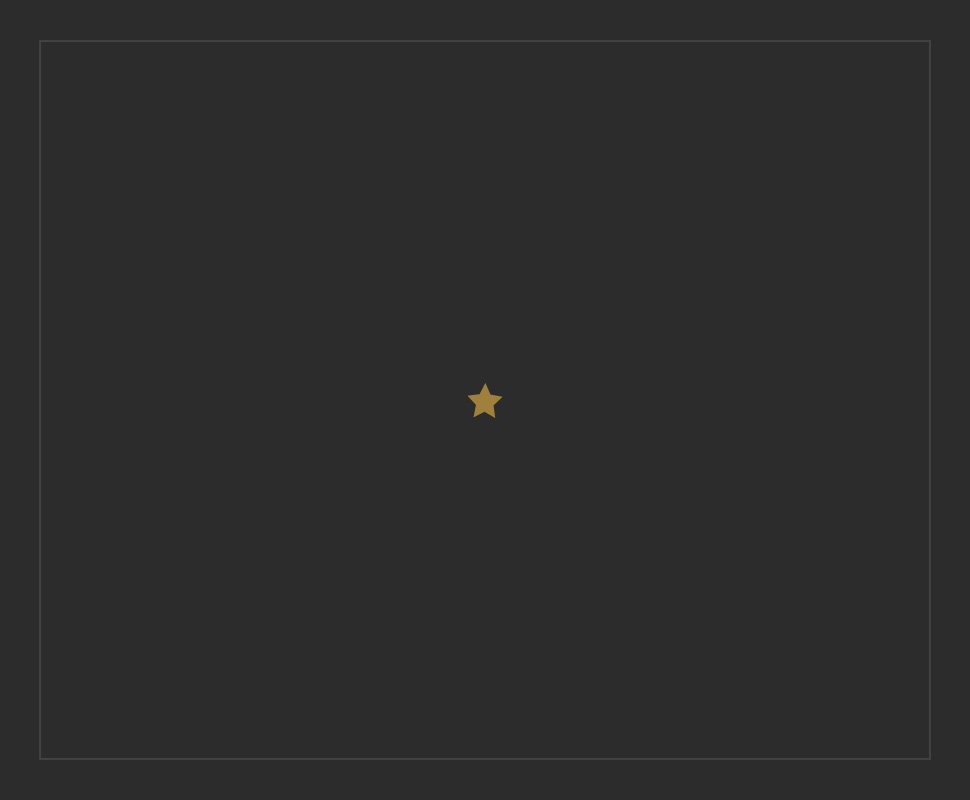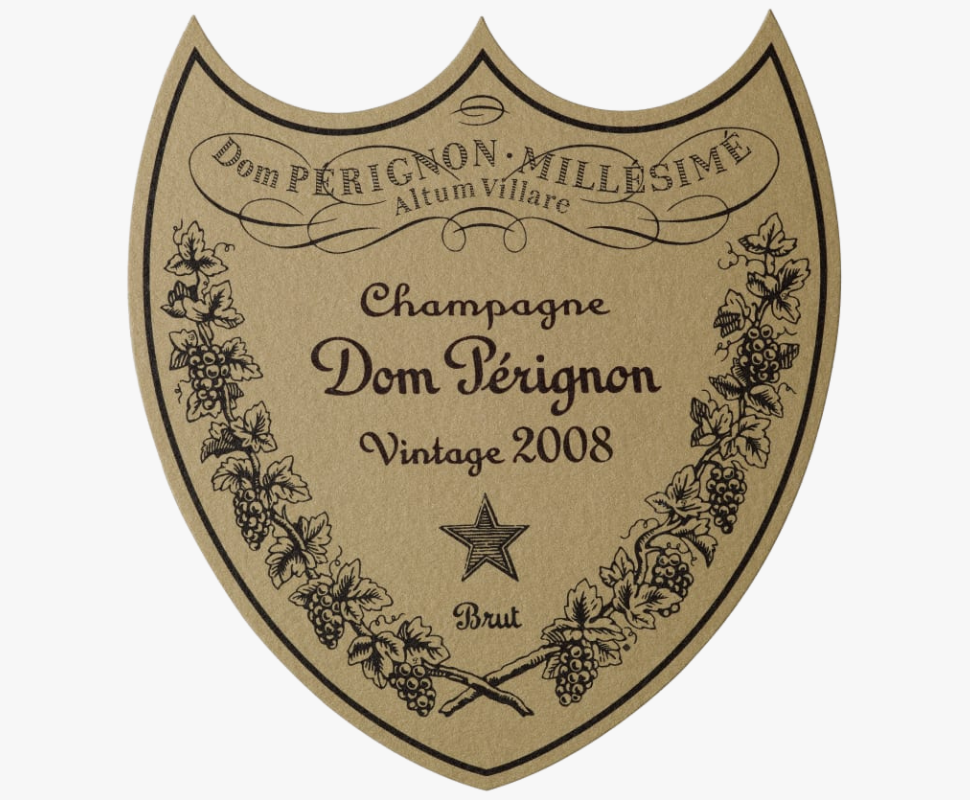Dom Pérignon

Dom Pérignon - the name alone makes most of us break out in a delightful smile.
When we think of this 17th-century monk from Hautvillers - so often pointed out as the father of Champagne – we either regard him with historical reverence, or associate his name with the proudest of all wine labels and everything else that follows in its glamorous, sparkling wake.
Back in 1936, Moët & Chandon’s marketing director Robert-Jean de Vogüé could not possibly have imagined what he had done when he dreamed up the idea of the world’s first prestige champagne – a champagne with a sky-high price that was supposed to be even better than the vintage wine, along with a spectacular look that won respect and prompted extravagant enjoyment. Once he got the idea, Vogüé of course couldn’t wait to sell Dom Pérignon. The problem was, if the champagne was supposed to be as exceptional as he claimed, it should be at least 15 years old. The only solution was to bring out Moët’s foremost 1921 vintage and decant the wine into the new bottles. This “transversage process” was not especially kind to the wine, and not until the 1943 vintage, or possibly the 1937, was the wine actually decanted straight into the curvy bottle. This means that all tasting of the first vintages of Dom Pérignon are more of a curiosity than of pure pleasure.
With hardening competition from the other prestige brands, and with the genial Richard Geoffroy at the helm during the 90s, Dom Pérignon is back in brilliant form. The wines from the great vintages, such as 1990 and 1996, have a concentration that is not far behind the 64s and 61s.
The style itself is ultra-sophisticated, with an amazingly silky softness combined with toasted fireworks, backed up by an exotic fruitiness in a medium body. When Dom Pérignon is at its best I find notes of forest morelles, cream, peach and an overabundance of roasted coffee beans and nuttiness. Dom Pérignon Rosé is an even more exquisite and rare product that has been molded in a similar form, though its full-bodied shape leans more to strawberry or orange, where the whiter somewhat lighter variety becomes exotic and toasted. Dom Pérignon Oenothèque is the latest child in this distinguished family. At Richard Geoffroy’s initiative they now release a restricted number of old, well-preserved bottles from Moët’s own cellar in different stages of maturity. The wine can be newly disgorged, but it isn’t a fixed thing. What is guaranteed, however, is that the wines are in the best possible condition, and that they most likely will act a little more youthfully than the bottles that have been out on the market for a while.
Since 1970 Dom Perignon is made exclusively in steel tanks and the grapes are mainly Pinot Noir from Aÿ, Bouzy, Verzenay and Hautvillers, as well as Chardonnay in approximately equal amounts from Cramant and Mesnil.
Wine available
| Wine | Type | Size | Score | Status | Price | ||
|---|---|---|---|---|---|---|---|
Moet e Chandon Champagne 2004 Dom Perignon P2 single boxDom PérignonFrance Champagne Champagne
|
Sparkling | 0,75lt |
97 ws
|
IS |
Price
€470.00
|
||
Moet e Chandon Champagne 2012 Dom PerignonDom PérignonFrance Champagne Champagne
|
Sparkling | 0,75lt |
97 vn
|
IS |
Price
€265.00
|
||
Moet e Chandon Champagne 2012 Dom Perignon (gift box)Dom PérignonFrance Champagne Champagne
|
Sparkling | 0,75lt |
97 vn
|
IS |
Price
€240.00
|
||
Moet e Chandon Champagne 2013 Dom PerignonDom PérignonFrance Champagne Champagne
|
Sparkling | 0,75lt |
96 ws
|
IS |
Price
€240.00
|

